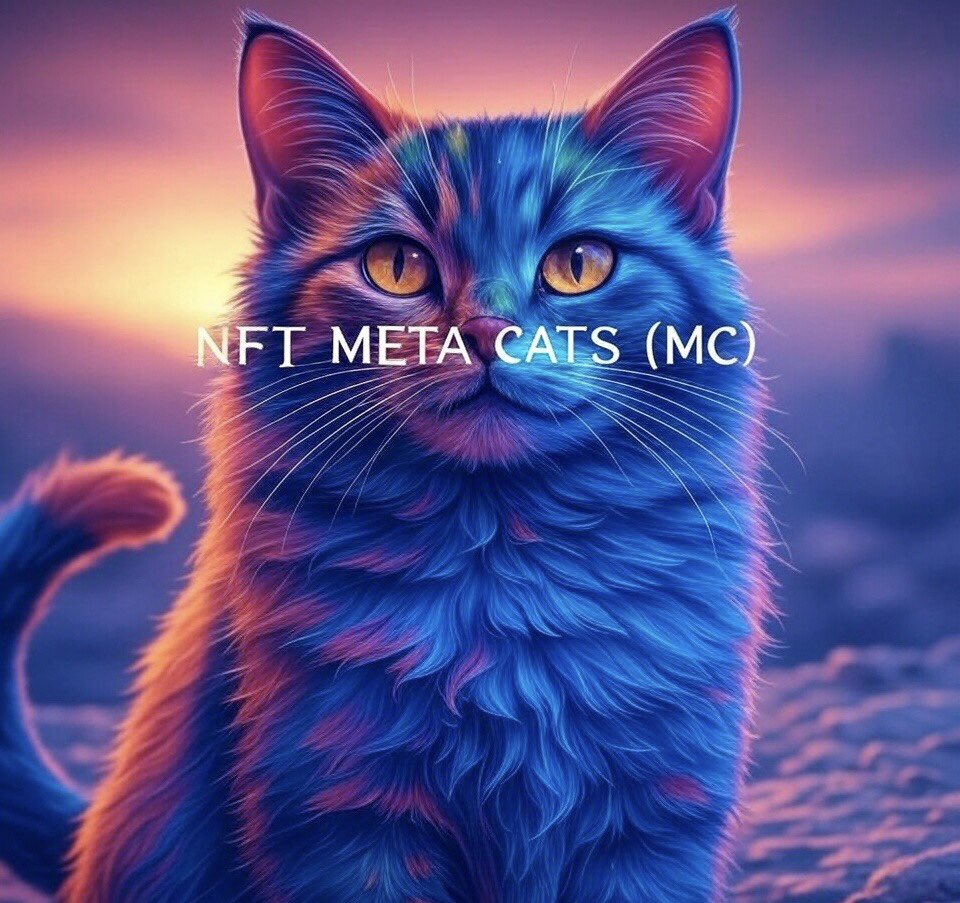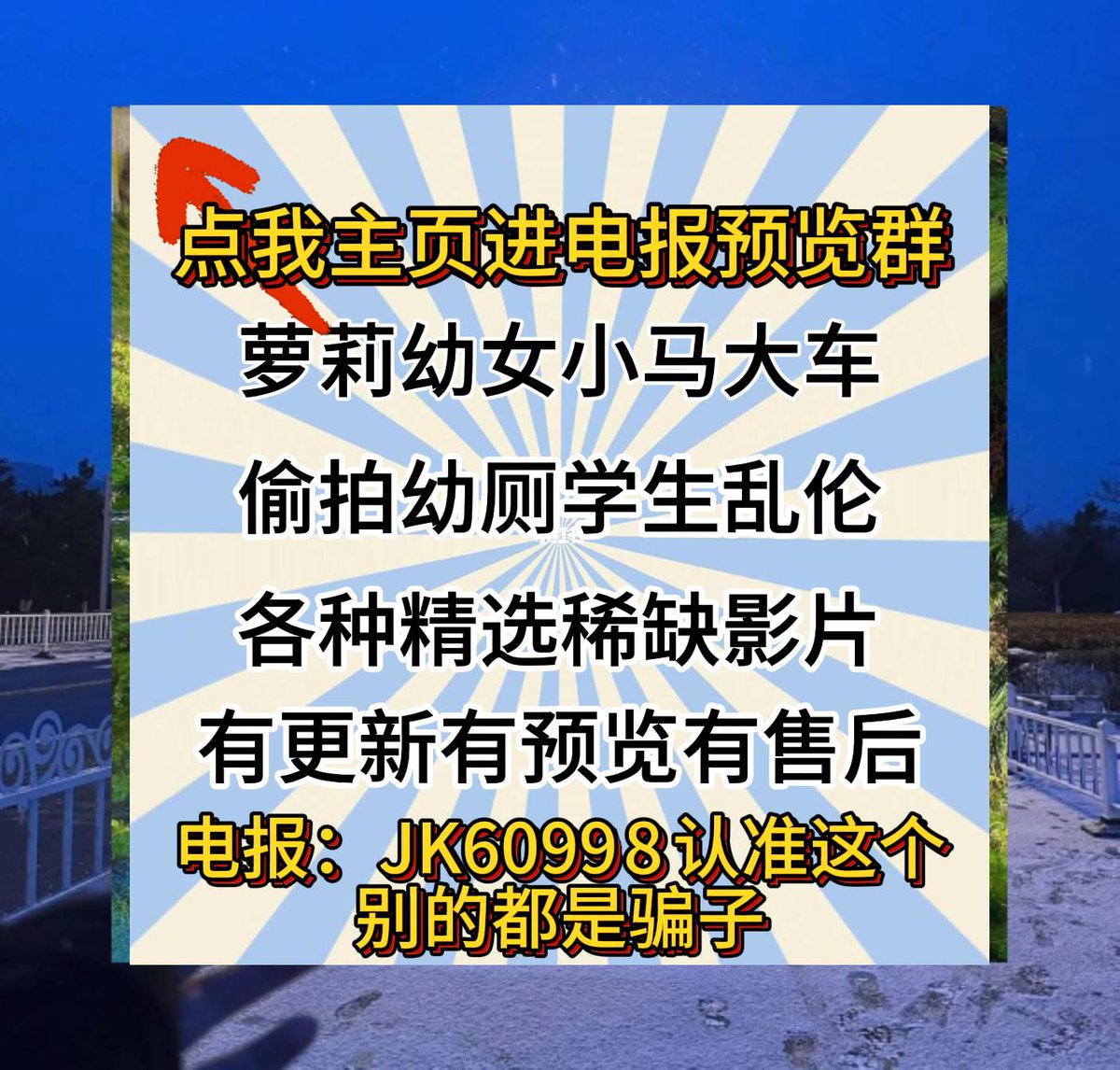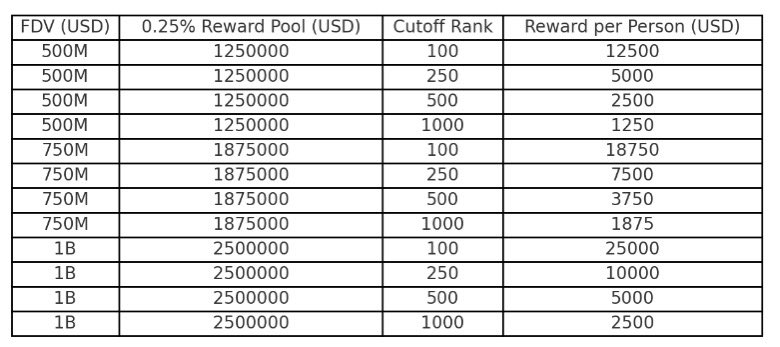Polyester has become a cornerstone in the performance apparel industry, revolutionizing the way athletes and outdoor enthusiasts approach their gear. Its dominance in the market is not merely coincidental but a result of its exceptional performance properties, cost-effectiveness, and versatility. The global fiber market is significantly influenced by polyester, accounting for over half of global fiber production. This dominance is driven by the material’s ability to meet the demanding requirements of performance apparel, including durability, moisture-wicking, and resistance to environmental factors.
The expansion of polyester in performance apparel has been driven by several key factors. One of the primary drivers is the demand for durable, versatile, and cost-effective materials. Polyester fibers are known for their strength and resistance to wear and tear, making them ideal for garments that need to withstand rigorous activities. Additionally, the versatility of polyester allows it to be used in a wide range of applications, from base-layer garments to flame-resistant fabrics and footwear. This adaptability has made polyester a go-to material for manufacturers looking to create high-performance apparel that can cater to various needs.
The manufacturing techniques for polyester have also seen significant improvements, contributing to its market dominance. Advances in textile technology have enabled the production of polyester fibers that are lighter, more breathable, and more comfortable than ever before. These innovations have allowed performance apparel to become more functional and user-friendly, enhancing the overall experience for athletes and outdoor enthusiasts. For instance, the development of moisture-wicking fabrics has been a game-changer, as it helps to keep the wearer dry and comfortable during intense physical activities. Furthermore, the ability of polyester to retain color and resist fading has made it a popular choice for apparel that needs to maintain its aesthetic appeal over time.
The market for polyester in performance apparel is not only driven by its technical advantages but also by its environmental impact. The growing demand for recycled and sustainable polyester is a significant trend influencing the market. As consumers become more environmentally conscious, there is an increasing preference for apparel made from recycled materials. This shift has led to the development of recycled polyester, which is produced from post-consumer plastic bottles and other waste materials. Recycled polyester offers the same performance benefits as traditional polyester but with a reduced environmental footprint, making it an attractive option for both manufacturers and consumers.
The global market for polyester fibers is projected to experience substantial growth in the coming years. According to various market research reports, the global polyester fiber market is expected to reach significant valuations by 2030. For example, the market size is anticipated to grow at a compound annual growth rate (CAGR) of around 7.5% to 8.2% during the forecast period. This growth is driven by the increasing demand for performance apparel in various sectors, including sports, outdoor activities, and military applications. The versatility of polyester allows it to be used in a wide range of products, from athletic wear to protective clothing, further fueling its market expansion.
Innovations in the polyester fiber market are also playing a crucial role in its growth. The development of new technologies and materials has enabled the creation of performance apparel that offers enhanced functionality and comfort. For instance, the integration of smart textiles and wearable technology into polyester fabrics has opened up new possibilities for performance apparel. These innovations allow for the monitoring of vital signs, tracking of physical activity, and even the provision of real-time feedback to the wearer, enhancing the overall performance and safety of athletes and outdoor enthusiasts.
The market for polyester in performance apparel is also influenced by regional trends and developments. In regions like China, the polyester fiber textile market is growing rapidly, driven by innovations and increasing demand for high-performance materials. Similarly, in North America, there is a growing emphasis on recycled and sustainable polyester, reflecting the region’s commitment to environmental sustainability. These regional trends are shaping the global market for polyester, as manufacturers and consumers alike seek to leverage the material’s advantages while addressing environmental concerns.
In conclusion, the market for polyester in performance apparel is poised for significant growth, driven by its exceptional performance properties, cost-effectiveness, and versatility. The material’s ability to meet the demanding requirements of performance apparel, coupled with advancements in manufacturing techniques and innovations, has made it a dominant force in the global fiber market. As the demand for sustainable and recycled materials continues to rise, the market for polyester is expected to evolve, offering new opportunities for manufacturers and consumers alike. The future of performance apparel looks bright, with polyester playing a pivotal role in shaping the industry’s landscape.





